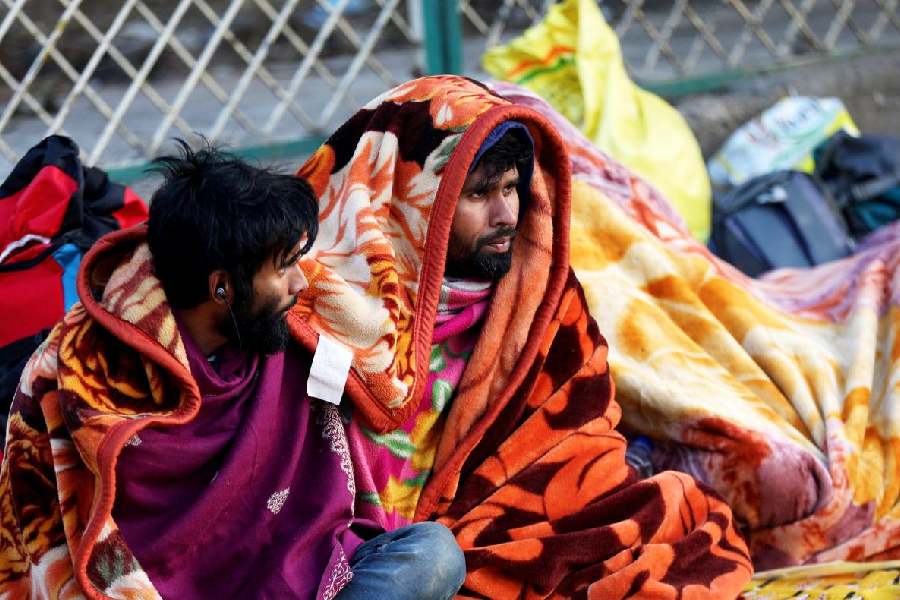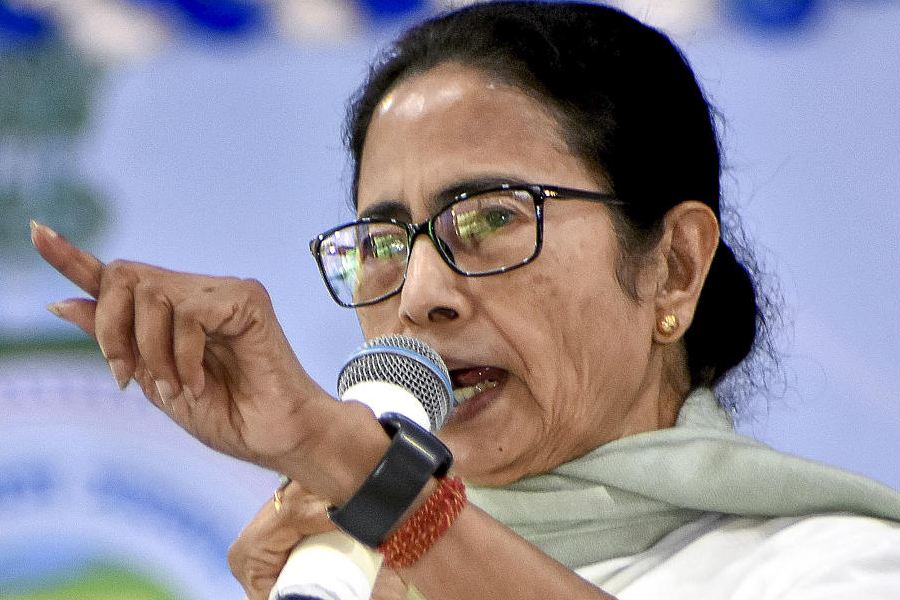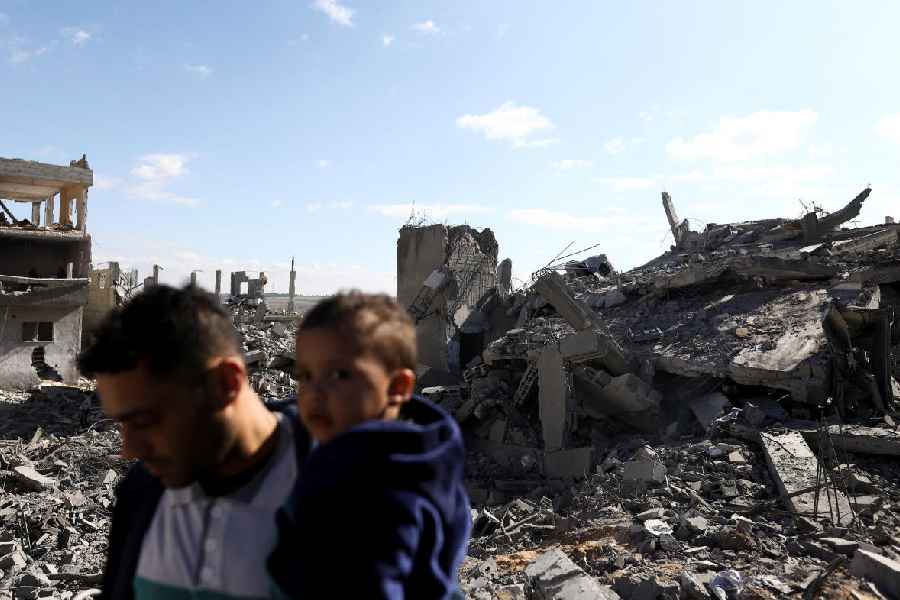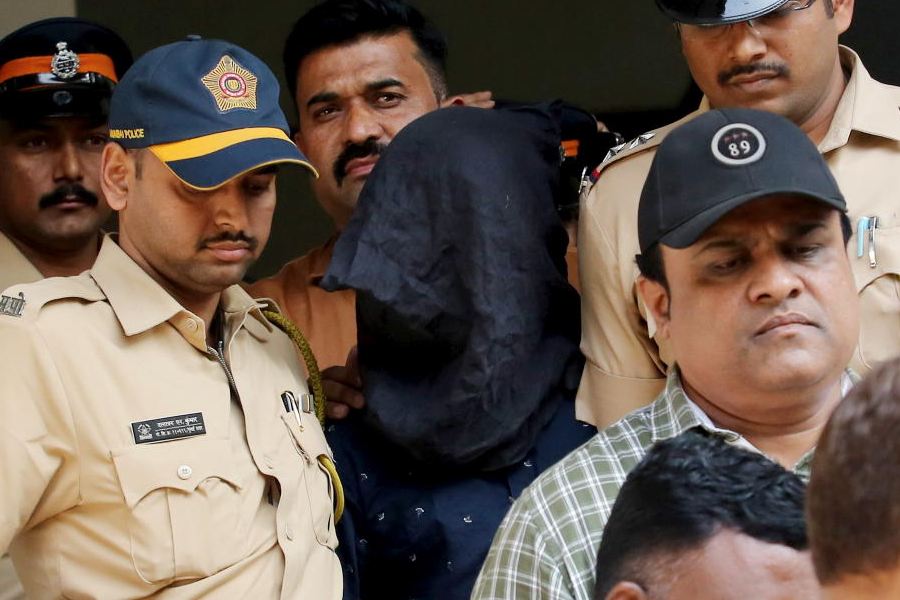Kashmir's harshest winter period, ‘Chilla-i-Kalan’, began on Thursday with the mercury dropping several notches below the freezing point at many places, officials said.
Srinagar city -- the summer capital of Jammu and Kashmir -- recorded a low of minus 4.3 degrees Celsius on Tuesday night, down from the previous night's minus 3.7 degrees Celsius, they said.
Pahalgam in south Kashmir's Anantnag district, which serves as one of the base camps for the annual Amarnath Yatra, recorded a minimum temperature of minus 5.8 degrees Celsius, they said.
The famous ski resort of Gulmarg in Baramulla district recorded a low of minus 3.0 degrees Celsius, the officials said.
Qazigund recorded a low of minus 4.0 degrees Celsius, Kokernag town saw the mercury settle at minus 3.0 degrees Celsius and Kupwara recorded a low of minus 4.0 degrees Celsius.
The weatherman has forecast generally dry weather over the next few days in Kashmir.
The drop in temperature has resulted in the freezing of many slow-moving water bodies. It has also resulted in the freezing of water supply pipes in some areas.
The intense cold wave has forced people in the city to put on extra layers of clothes to stay warm.
With electricity supply erratic in many areas of Kashmir, people have resorted to the use of Kangri, an earthen firepot, to beat the chill.
The drop in temperature has resulted in an increase in respiratory problems among children and elderly.
'Chilla-i-Kalan' is the 40-day harshest winter period when a cold wave grips the region and the temperature drops considerably leading to the freezing of water bodies, including the famous Dal Lake here, as well as the water supply lines in several parts of the valley.
The chances of snowfall are the most frequent and maximum during this period and most areas, especially in the higher reaches, receive heavy snowfall.
People spend more time indoors to avoid catching common ailments like flu, cough and cold.
Traditionally, the valley residents used to consume dried vegetables to overcome the scarcity of fresh vegetables during the winter months as the Srinagar-Jammu would often be closed due to heavy snowfall.
While dried vegetables are still consumed as delicacies, the highway to Jammu does not face frequent closures anymore.
'Chillai-Kalan' will end on January 31. The cold wave continues even after that in Kashmir with a 20-day-long 'Chillai-Khurd' (small cold) and a 10-day-long 'Chillai-Bachha' (baby cold).
Except for the headline, this story has not been edited by The Telegraph Online staff and has been published from a syndicated feed.












